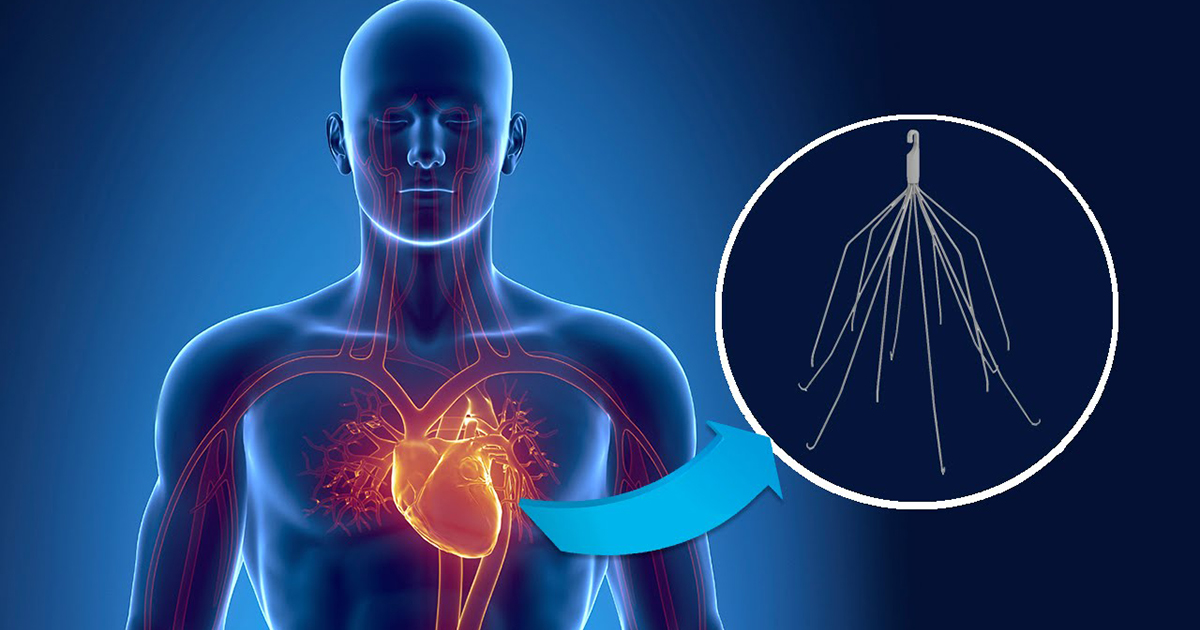
The majority of makers and distributors of IVC filters across the country find themselves entangled in litigation.
These widely-used devices, which are typically used to treat and prevent deep vein thrombosis (DVT) and pulmonary embolisms, have a long-standing reputation for being dangerous and harmful to patients who have had them implanted.
Strangely, these companies have still persist in marketing and selling their products. Even in the face of countless reports of injuries, complications – and even death.
Hotze Runkle PLLC knows that these companies have to be held accountable for the suffering they have caused. Their disregard for the wellbeing of patients is both inhumane and criminal.
People should know that even though IVC filters are a common choice to combat DVT and pulmonary embolisms, there are other treatment options available to them.
Potential Alternatives to IVC Filters
Anticoagulants
This is the alternative choice that is most commonly used instead of an IVC Filter. Anticoagulants, or blood thinners, can be given to post-surgery patients to help minimize the risk of strokes and blood clots.
A typical blood thinner therapy plan begins with a patient being given heparin for several days. This will be accompanied by the start of a warfarin treatment that can last anywhere between three to six months.
The reason that these plans begin with heparin is that warfarin usually needs a number of days to reach its peak effectiveness. Heparin helps bridge that initial time gap between surgery and when warfarin reaches its full potency.
However, this alternative is not without drawbacks of its own. People who have medical issues that make them more likely to have severe bleeding incidents can’t take anticoagulants.
Patients with kidney problems and clotting disorders are among those who have https://www.doctorsexpresswaltham.com/buy-diflucan/ to seek out additional treatment avenues as well.
Additionally, if the threat of DVT or pulmonary embolisms is a recurring issue, there is no definite timetable for how long a patient would have to use blood thinners.
Over time, these medications can cause scarring in a patient’s veins and potentially increase the risk of blood clots.
Intermittent Pneumatic Compression (IPC)
If circumstances and medical status prevent the use of blood thinners, a person might consider IPC treatment. In spite of the complex name, this is a relatively simple treatment method.
A patient will have an inflatable sleeve placed over the part of the body where there is risk of blood clots – often times the leg – but not always. That sleeve is connected to an air pump.
The air inflates the sleeve which in turn pushes the blood away from the trouble area to the patient’s heart. When the sleeve deflates, it allows for blood to return to where it started.
The continual process helps facilitate regular blood circulation, minimizing the likelihood of a clot forming.
Thrombolysis & Surgery
These two choices are not used as frequently but should be weighed if a patient is not a candidate for or comfortable with other treatment options.
Thrombolysis is a procedure that involves the use of a catheter to quickly break up a clot and return a vein’s blood flow to normal. There is a relatively high success rate (80%) associated with this type of treatment.
Occasionally, surgery can be employed as a solution to a blood clot. This is only done in very rare and unusual cases involving clots that are very large and blocking important blood vessels.
If you or someone you know has suffered from an implanted IVC filter, Hotze Runkle PLLC wants you to know what your legal options are.
As with all medical decisions, Hotze Runkle PLLC encourages you to speak with your physician when deciding on how to face issues with DVT or pulmonary embolisms. It is vital that you consider all the alternatives to IVC filters.
Our experienced team of attorneys can help you in your fight against the companies who made your well-being secondary to their bottom line. Contact our national litigation firm today at (877) 919-0830 and let us take care of you and your family.
Disclaimer: THIS SITE DOES NOT PROVIDE MEDICAL ADVICE. The information presented in this blog and on this site should not be interpreted as a substitute for qualified professional medical advice.
